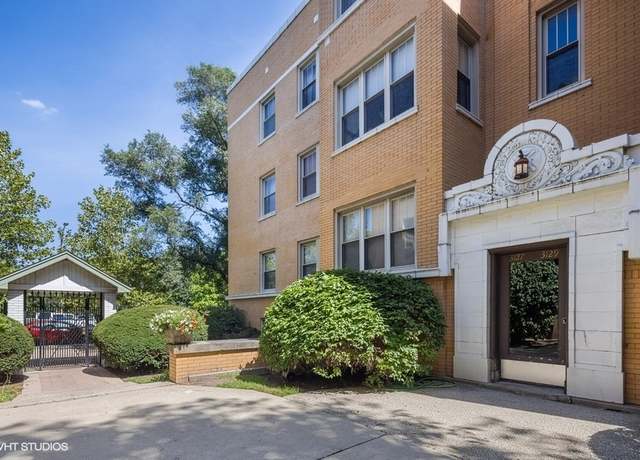


See: ‘So remarkably inefficient’: Venture capital takes on the housing market He believes Divvy can reverse that trend, leaving tenants not just on the path to homeownership, but also having accrued some equity. Rampell sees Divvy as the antidote to the massive Wall Street investors that scooped up thousands of houses in the aftermath of the financial crisis and became landlords on an institutional scale.Ĭonverted owner-occupied housing stock into renter-occupied, Rampell noted. It’s much easier when a company does this at scale than when a family does.”Īndreessen Horowitz partner Alex Rampell agrees. “Homeownership is incredibly emotional, it was a lot of work on both of our ends. It worked out great – we still talk,” Ma said.įor Ma, who was an early Zillow employee, that incident exemplifies what he thinks Divvy brings to the housing market. The case started out in court, but then Divvy “ended up paying for all of it. That tenant also turned out to be a local progressive media journalist with a particular interest in housing issues. It hit an early high-profile stumble, when an Atlanta tenant’s home turned out to have major structural problems requiring thousands of dollars of repairs. When you’re in a lease, the landlord has the obligation to make the repairs.”Īny of the accrued Divvy maintenance funds that a customer doesn’t use are returned at the end of the three-year tenancy, Mancini acknowledged, but she thinks it’s still hard to determine whether any given household would be better off pursuing Divvy’s model or renting, allowing a landlord to worry about repairs, and saving a certain amount each month toward a traditional home purchase.įor its part, Divvy says it has dozens of happy customers, and it’s learning as it goes. While you’re in the lease period, you are responsible for taking care of the house. “They make a tenant take on additional expenses with the expectation that they’re going to become owners.

That may include having to pay a lot of money out of pocket, Mancini said. “These hybrid options where you’re renting to own or where it’s implied that you have a path to ownership carry a lot of risk and come with a lot of potential problems,” said Sarah Mancini, an attorney who splits her time between the National Consumer Law Center and an Atlanta-based legal aid organization. While that sounds like a worthy goal, it makes consumer advocates wince. “We want to treat people like co-owners.” “We make more money if you convert,” Ma said. Divvy uses big data to work only with customers “who have a high likelihood of conversion” from renter to owner, in Ma’s words. The company’s approach is designed to respond to pain points that have tripped up previous rent-to-own attempts. Right now it’s up and running in Cleveland, Atlanta, and Memphis, but is evaluating additional markets. Every month, the tenant will make a monthly payment that Divvy’s underwriting models determine the customer can “comfortably afford.” About 70% of that monthly payment is rent, about 5% are maintenance funds, and the rest is what it calls “equity credits” – monies held in escrow and which will belong to the tenant, whether or not he eventually becomes the owner of the home.ĭivvy has helped close to 100 customers so far, co-founder and CEO Brian Ma told MarketWatch, and is fielding nearly 2,000 applications a month. If customers meet certain criteria – including having a minimum credit score of 550 and being employed for the last 12 months – they’ll likely qualify to participate.ĭivvy will buy the home for the customer, and allow that customer to lease it for up to three years. To many housing advocates, it looks like the familiar “rent-to-own” model that has stumbled before, either by ensnaring consumers in clearly predatory schemes, or by failing to make work for anyone what’s often described a “win-win.” Still, Divvy and its backers believe new technology, and lessons learned from the aftermath of the housing crisis, will help it succeed where others have failed.ĭivvy, which launched earlier this year, allows qualified customers to select any home that’s for sale on the open market, as long as it’s in reasonable shape and meets the right pricing profile.


 0 kommentar(er)
0 kommentar(er)
